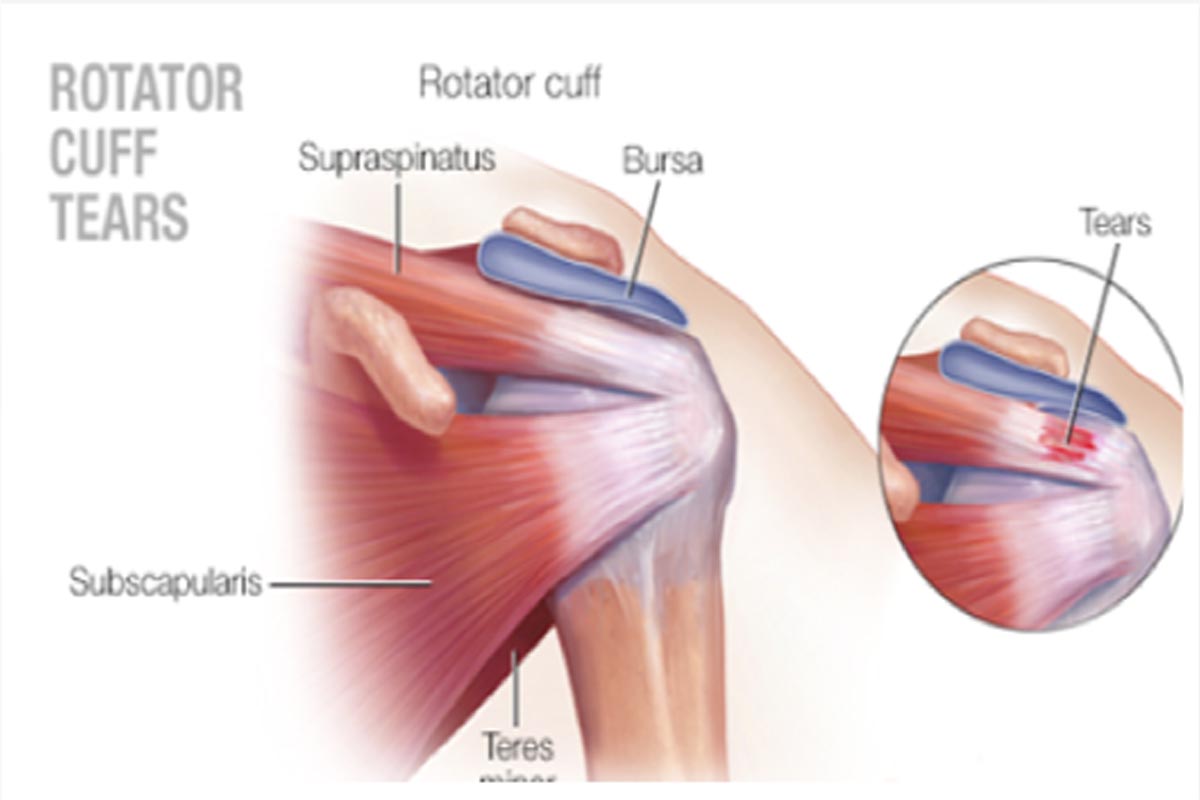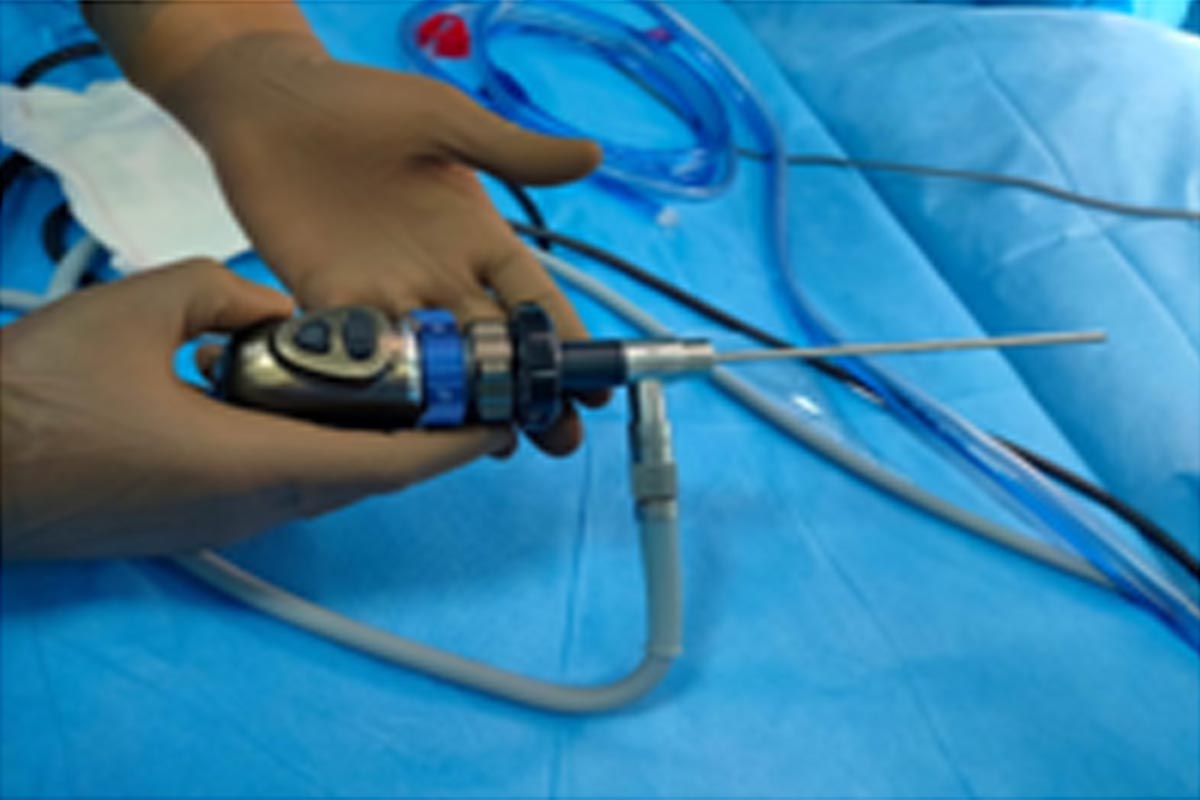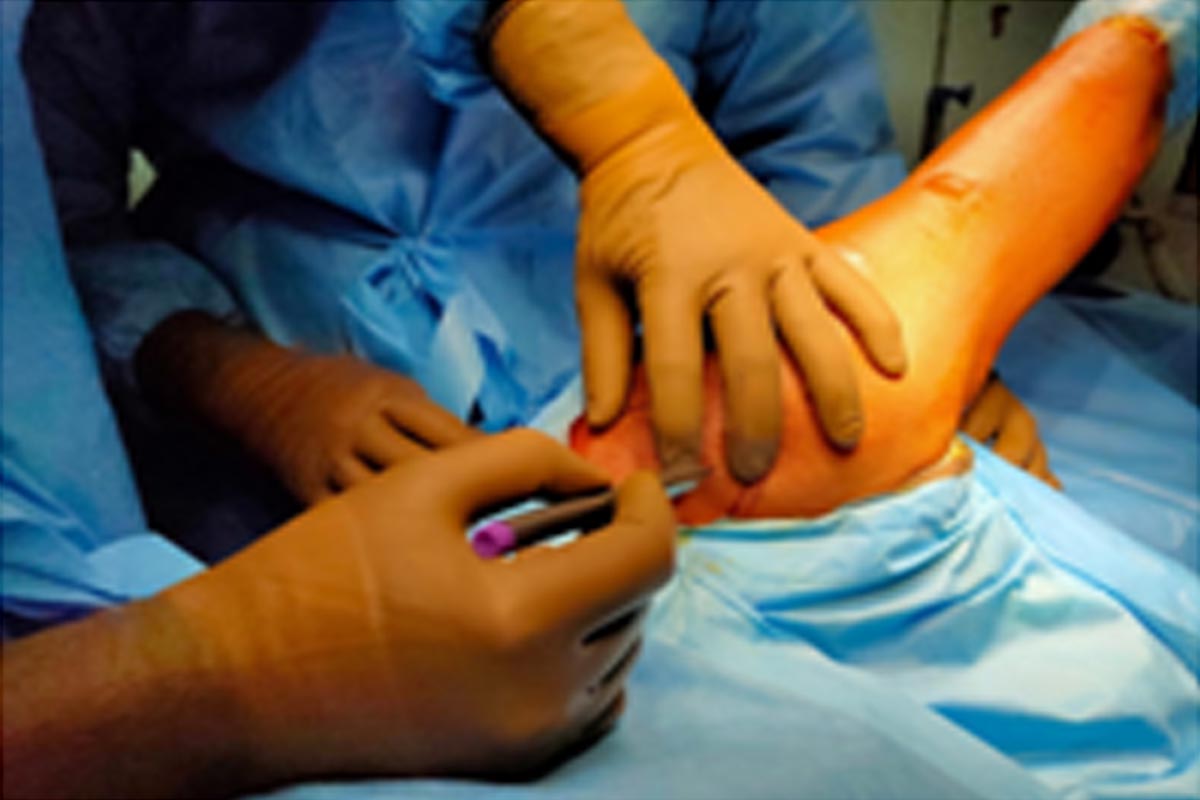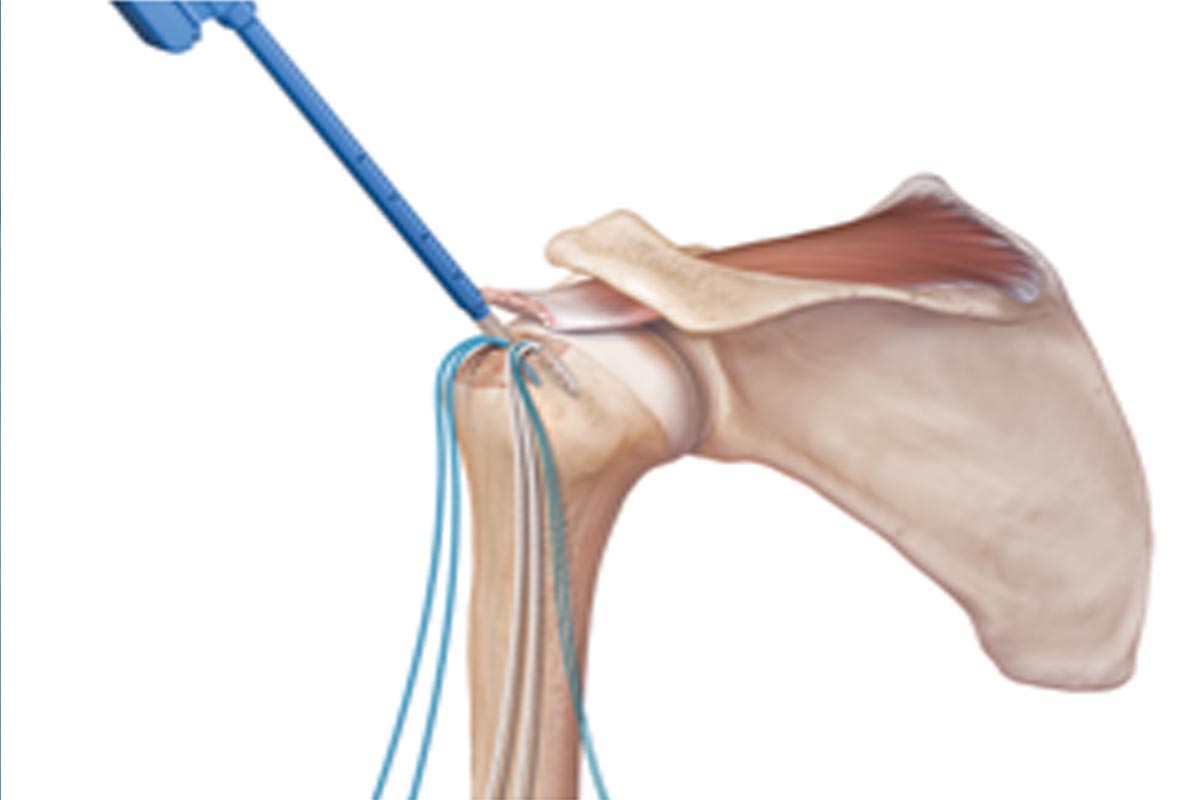Shoulder rotator cuff repair

Shoulder rotator cuff repair
Rotator cuff muscle are a group of 4 muscles that originate at the scapula and insert themselves onto the greater tuberosity of the humerus. As the name suggests their main function is to internally and externally rotate the arm. They also help in lifting your shoulder and helps in stabilization of the shoulder which is a shallow ball and socket joint.sometimes, the rotator cuff tendons tear or get pinched by the bones around them.An injury, like falling on your arm, can cause this to happen. But wear and tear over time can take its toll on your shoulder, too.

The pain can be severe. When a patient injures the rotator cuff they may have pain on lifting their shoulder.In severe tears they wont be able to hold their arm once lifted by someone (drop arm test).
Your surgeon may ask for an MRI to confirm the diagnosis and the size of the tear.
Treatment
Treatment may range from using an abduction brace to surgery depending on the size of the tear or injury.
What to expect in Surgery
Two most common modes are
Arthroscopic
Open cuff repair
Arthroscopic repair.
After making one or two very small cuts in your skin, a surgeon will insert a tiny camera called an arthroscope and special, thin tools into your shoulder. This will help them visualise the injury and fix it using anchor sutures.



Open rotator cuff repair.
This surgery has been around a long time. It was the first technique used to repair the rotator cuff. If you have a tear that’s very large or complex, your surgeon may choose this method.
An incision is made in your shoulder, then your muscle is split so the surgeon has direct access to your tendon. He will then visualise the extent of injury and repair it using anchor sutures.


Both of these surgeries can be done under general anesthesia. which allows you to sleep through the whole thing. They can also be done with a “regional block,” which allows you to stay awake while your arm and shoulder stay numb.
Recovery
No matter which surgery you have, a full recovery will take 4 – 6 weeks . You should expect to be in a sling for about 4 weeks. This protects your shoulder and gives your rotator cuff time to heal. Driving a car will be off limits for at least a month.
Physical therapy will be a key part of your recovery. Your doctor will give you exercises to do every dayor you can work with a physical therapist. The movements you learn will help you regain your shoulder strength and range of motion.
Most people are back to their normal routine within 3 months.
